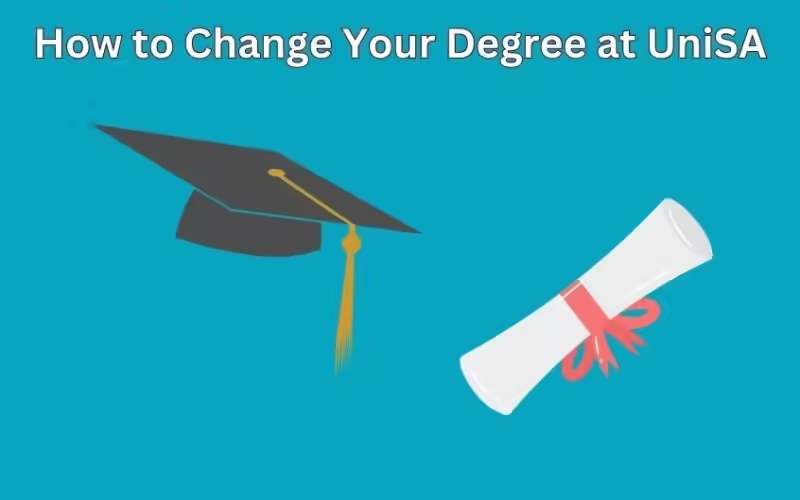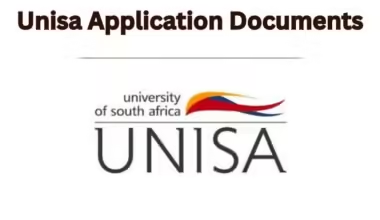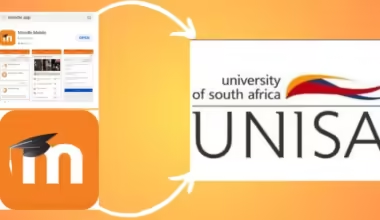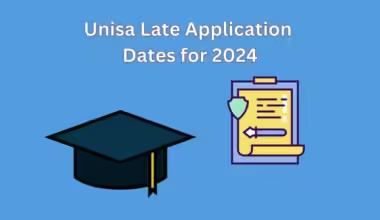For South African students, earning a degree is a transformative experience rather than just a passing objective. The right degree can increase your earning potential, open up more professional opportunities, and promote personal growth. However, it’s not uncommon to realize that your first choice may not align with your evolving interests or career objectives. If you’re considering switching your Unisa degree, you’re not alone, and I’m here to support you through the process.
Changing your degree might be a major step, but it often leads to more contentment. When making this change, it’s a good idea to start by thinking about what excites you. Examine the various faculties and programs offered by Unisa. You can better explain why you made the switch if you have a clear knowledge of your reasoning.
The requirements for transferring degrees from Unisa should therefore be reviewed. This requires completing application paperwork and, sometimes, meeting specific academic standards. It’s important to stay on top of deadlines and necessary documents because things can change.
Don’t be scared to ask for help; academic advisers and faculty can provide valuable advice and help with this transition. Remember that changing your degree is more than just altering your path; it’s also about taking advantage of new opportunities and aligning your coursework with your interests. Understanding how to change your degree at Unisa can result in a more rewarding academic experience, regardless of whether you’re a domestic or international student.
Can I change my degree?
It’s great to hear that Unisa allows you to change your degree program, but it requires careful planning and attention to detail.
The first place I suggest contacting is Unisa Student Admissions and Registrations. They will guide you through the process and provide you with the necessary forms. Rebuilding your application and demonstrating your eligibility for the program you wish to participate in are typically required. Typically, this means providing supporting evidence, such as your transcripts and any relevant certifications.
The requirements may vary based on your current academic standing and the school you wish to transfer to. If you have already completed courses in your current program, for instance, a change in degree may affect your course credits and academic advancement. After you graduate, this might alter; therefore, I suggest carefully assessing how the change aligns with your academic goals.
How to Change a Degree Course at UniSA
Why would someone wish to change their course of study for their UNISA degree? This process can be somewhat stressful, but many things can happen, and it’s actually okay. If you choose to change your UNISA degree program, it will have a substantial impact on your application and any related expenses.
Here are a few simple steps on how to help you change a degree course at UNISA.
- Before changing your degree, consider why. Do you want to switch careers or have lost interest in your current field? Make sure you know what you want from changing course.
- Research relevant courses on UniSA’s website. Check each course’s structure, requirements, and career prospects. This will aid your course selection.
- Discuss options with your academic advisor or course coordinator. They can advise you on courses, prerequisites, and other requirements.
- After selecting a course, apply on UniSA’s website. Include your academic transcripts and any other required documents or certificates.
- After applying, wait for the result. Before deciding, you may be offered or interviewed.
- Read the course structure, fees, and other details before accepting the new course offer. If you like the offer, follow the instructions.
- After accepting the offer, enroll in the new course. Select classes and pay fees. Attend orientation and meet enrollment deadlines.
Is it possible to change courses after admission?
After being admitted, you can modify your course, which is fantastic, but there are some rules you have to follow.
I suggest talking to a school counselor or academic advisor first. They can aid you in evaluating your interests and current academic standing in order to help you decide whether you are eligible to transfer to a new program. It is crucial to have this discussion because it clarifies your choices and ensures that your new course will help you achieve your career goals.
Learning the specific requirements and procedures for changing your Unisa course is the next step. This often means filing a new application or filling out specific forms. Furthermore, be mindful of any limitations or application due dates that may impact your capacity to switch courses.
It’s crucial to carefully assess the effects that changing your degree may have on your academic credits and graduation date.
How do I change the details on my UniSA application?
Unisa sends you your study materials bundle at the beginning of each semester. To do this, we need your phone number, physical address, and mailing address. We will also send you important information by text from time to time.
You can follow these steps if you are looking to change your details on my UNISA application.
- Go to myUnisa. – https://www.unisa.ac.za/sites/myunisa/default/
- Click “Admin,” “Student Admin,” and “Biographical Details.”
- Check the information about how to get in touch.
- Click “Update address details” if you need to change an address.
- Click “Update contact details” if you need to change your phone numbers.
You most likely already have a free myLife email account set up if you’re a Unisa student. Activating your myLife email account is essential, as is checking it frequently for updates and other pertinent information.
Can I change my degree after my second year?
You can change your degree after your second year, which is fantastic, but there are a few things to consider.
The first thing you should be aware of is that certain prerequisites or additional coursework may be required in order to switch degrees. This implies that you will need to evaluate the requirements of your new program and how they line up with your current coursework.
Speaking with a Unisa academic counselor is highly recommended. They can help you understand any specific requirements you may need to meet and be a valuable source of information about your options for transferring degrees. Because it ensures that you make an informed decision that supports your academic and professional goals, this stage is crucial.
Additionally, think carefully about what happens if you change your degree. Before making a decision, think about how it would impact your financial aid, academic standing, and graduation date.
What are the requirements to change a course?
Many applicants may want to know the prerequisites before switching courses. The UNISA application process is very simple because the requirements to change a course are flexible. To change a course, a few little adjustments are required. If you want to change courses, you only need to apply through the UNISA platform. Remember to take into account the requirements or due dates for the particular course you choose to enroll in.
How many times can you switch degrees?
Unisa students can change their degree programs, albeit there may be limitations on how frequently they can do so. It’s crucial to understand that every shift has different consequences, even though some students have completed more than two successful degree changes.
It is advisable to consult a Unisa academic official prior to rendering any conclusions. They may help you understand the potential repercussions, such as additional costs or the potential loss of credits for previously completed courses, and provide you with comprehensive information on the regulations governing degree changes. This information makes it much easier to make informed decisions.
Think for a while about your goals and interests as well. Making the huge decision to change your degree means making sure your new path aligns with your objectives.






